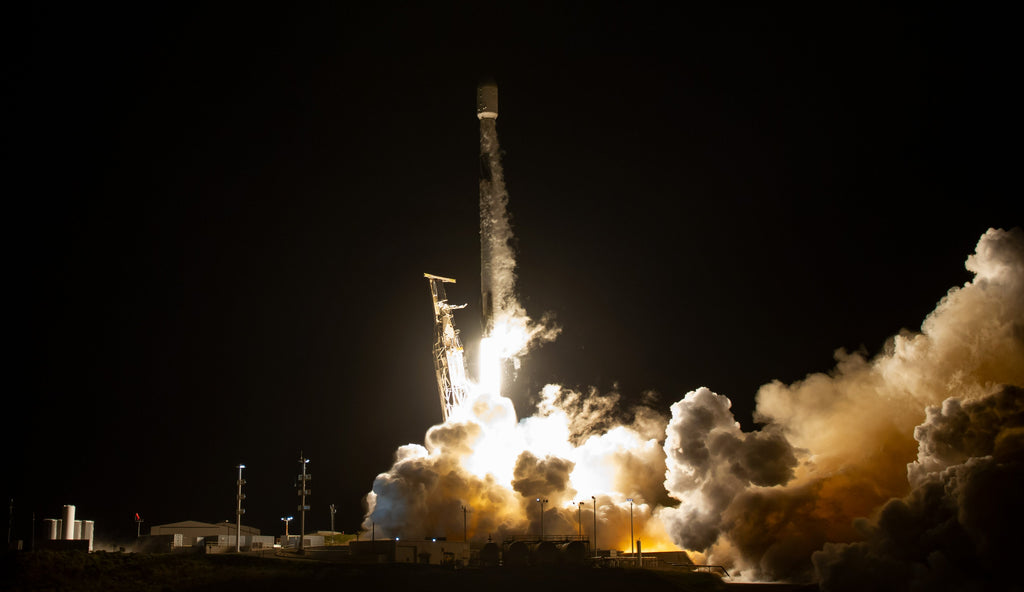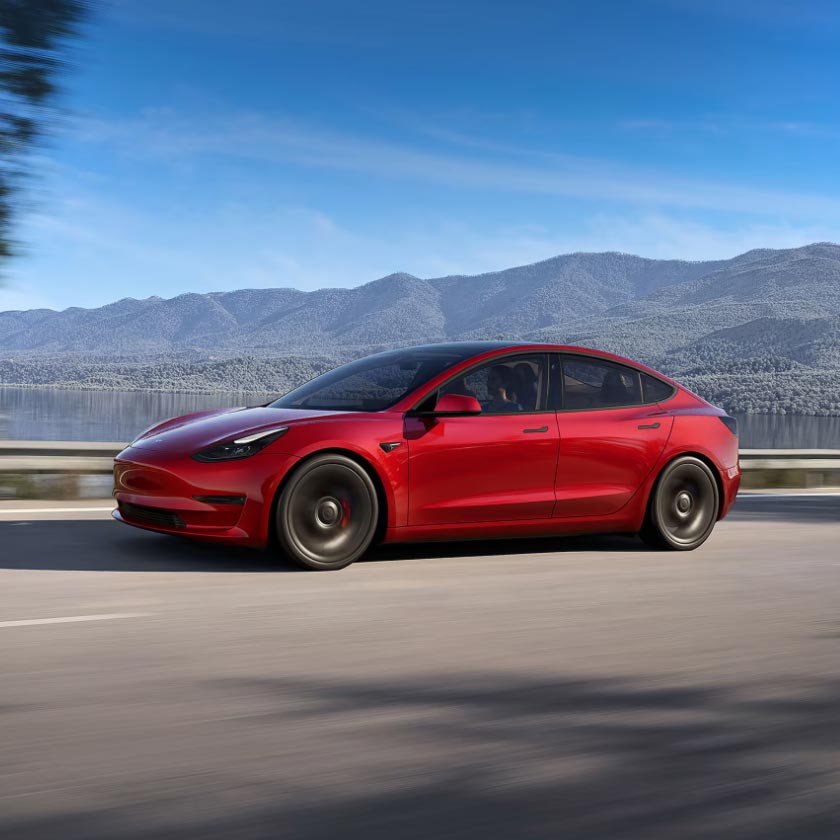Today, May 31, SpaceX launched the 37th mission of 2023 which deployed a fleet of 51 Starlink satellites to Low Earth Orbit (LEO). A veteran Falcon 9 rocket lifted off at at 11:02 p.m. PT from Space Launch Complex 4 East at Vandenberg Space Force Base in California. SpaceX President and Chief Operating Officer Gwynne Shotwell said earlier this year that the company aims to launch up to 100 missions in 2023, most dedicated to the deployment of its Starlink broadband constellation. SpaceX is on track to complete the ambitious launch manifest with rockets lifting off at an average rate of one every four days.
Liftoff! pic.twitter.com/X3CfnaACVC
— SpaceX (@SpaceX) May 31, 2023
The Falcon 9 first-stage booster supporting this Starlink Group 2-10 mission is a veteran with a total of 14 flights. It is identified as booster B1061-14 which previously launched: NASA’s Crew-1 and Crew-2 astronaut missions to the International Space Station (ISS), SiriusXM SXM-8 radio communications satellite, the 23rd NASA Commercial Resupply Services (CRS-23) cargo flight to ISS, the IXPE mission, SpaceX’s Transporter-4 and Transporter-5 SmallSat Rideshare Program missions, the Globalstar FM15 satellite, ImageSat International EROS C-3 satellite, and now five Starlink missions. B1061-14 was recovered a 14th time, it performed a propulsive landing on the ‘Of Course I Still Love You’ autonomous droneship situated in the Pacific Ocean. It marked SpaceX’s 196 landing of an orbital-class rocket and the 169th time it reused a previously flown booster. SpaceX officials recently said that they aim to push the boundaries of rocket reusability to reuse each booster at least 20 times. The most a particular Falcon 9 first-stage booster has been reused is 15 times.
Falcon 9’s first stage has landed on the Of Course I Still Love You droneship pic.twitter.com/y1GYqLL97w
— SpaceX (@SpaceX) May 31, 2023
The fleet of 51 Starlink Group 2-10 satellites was deployed by Falcon 9’s upper-stage around half-an-hour after liftoff. The satellites in this group will operate as part of Shell 2 in a 70° degree orbit at an altitude of 570 kilometers above Earth. These satellites are first-generation Starlinks v1.5, designed to increase the internet coverage area to cover around 94% of the globe once more satellites are deployed into Shell 2. Every Starlink v1.5 satellite is equipped with an inter-satellite laser communication system, enabling direct communication between satellites without relying on ground stations. This innovative technology significantly reduces the requirement for ground stations, resulting in global coverage over the Earth's entire surface, including the polar regions. "Starlink satellites are equipped with optical space lasers (pew pew), which allow us to provide truly global coverage and serve customers in the most remote locations on Earth," said the company. As of today, SpaceX operates around 4,198 satellites in LEO which operate across multiple orbital shells with varying parameters, according to data maintained by Astronomer Jonathan McDowell.
Starlink satellites are equipped with optical space lasers (pew pew), which allow us to provide truly global coverage and serve customers in the most remote locations on Earth https://t.co/wO3qqX9RyA🛰️🌎 https://t.co/FrMIjHgVmv
— Starlink (@Starlink) May 31, 2023
》 Author's note: My work is possible Thanks to everyone who reads Tesmanian.com and purchases products from the SHOP. Write your thoughts in the comment section below. If you have any story suggestions or feedback, feel free to Direct Message me on Twitter: Evelyn Janeidy Arevalo @JaneidyEve Read my most recent stories here: Recent News Stories 《

Featured Image Source: SpaceX







